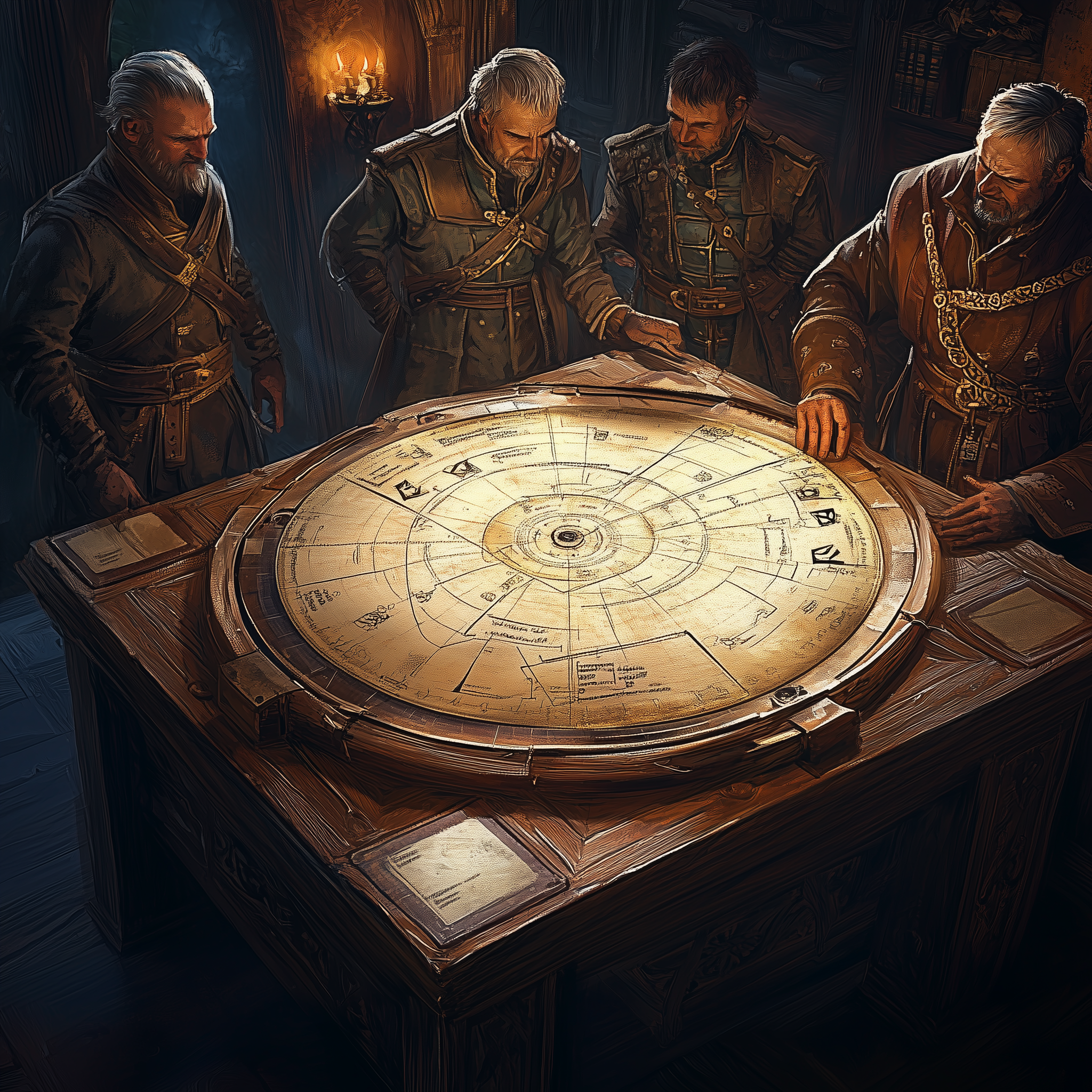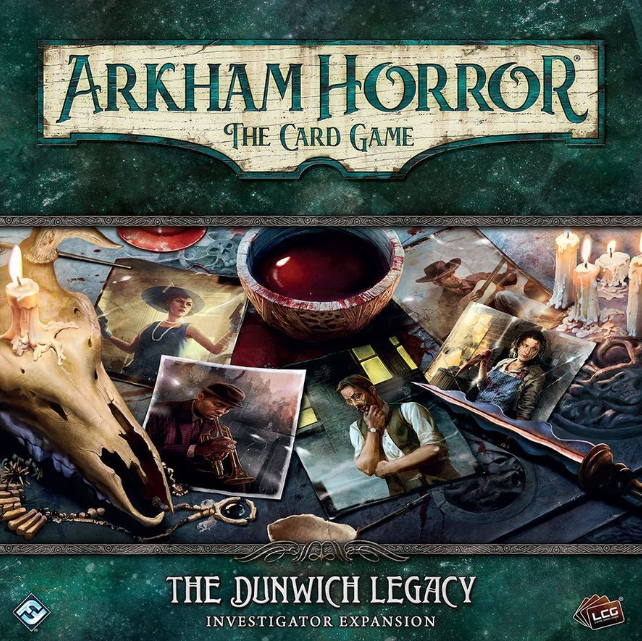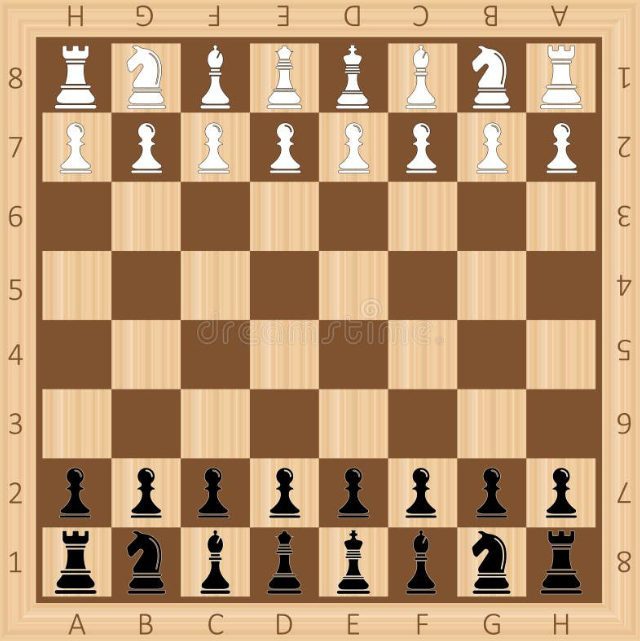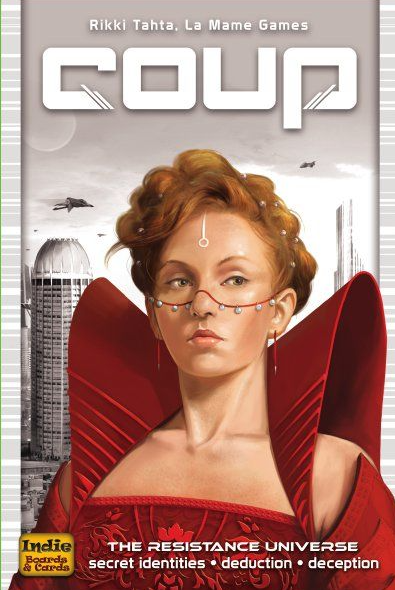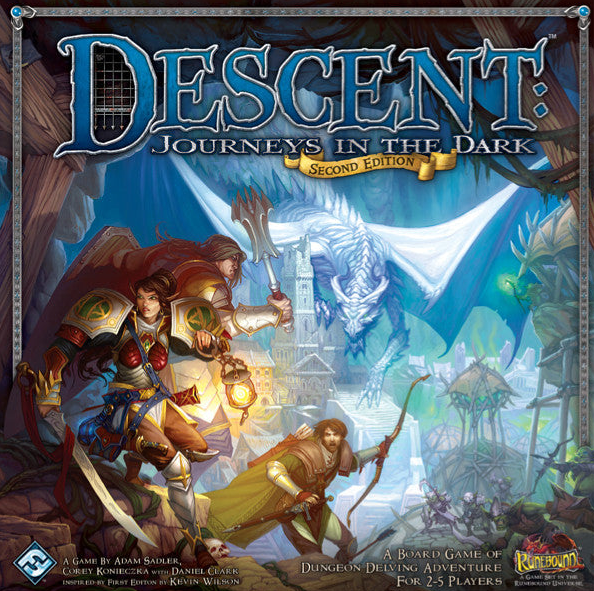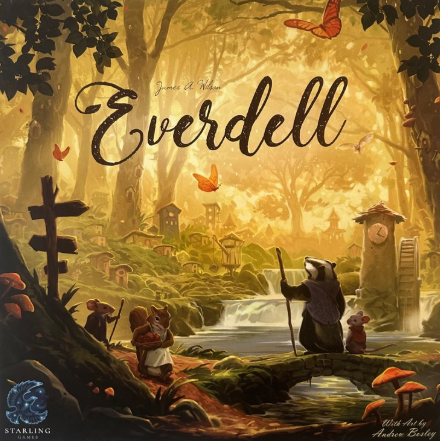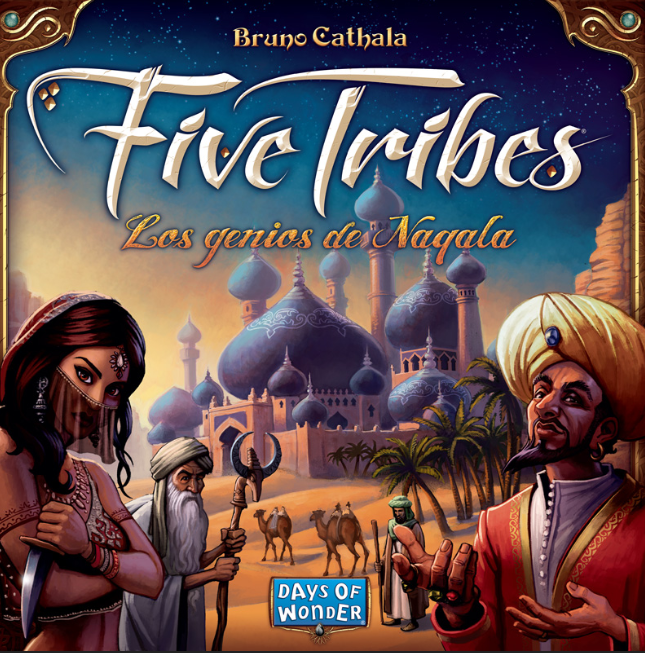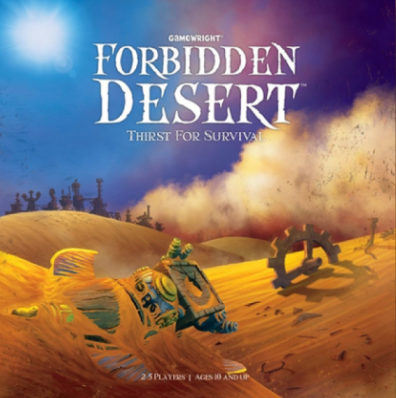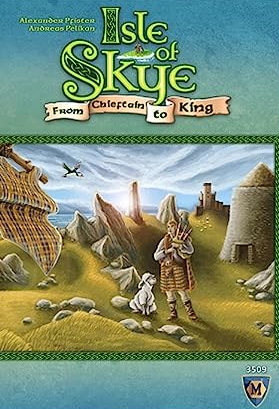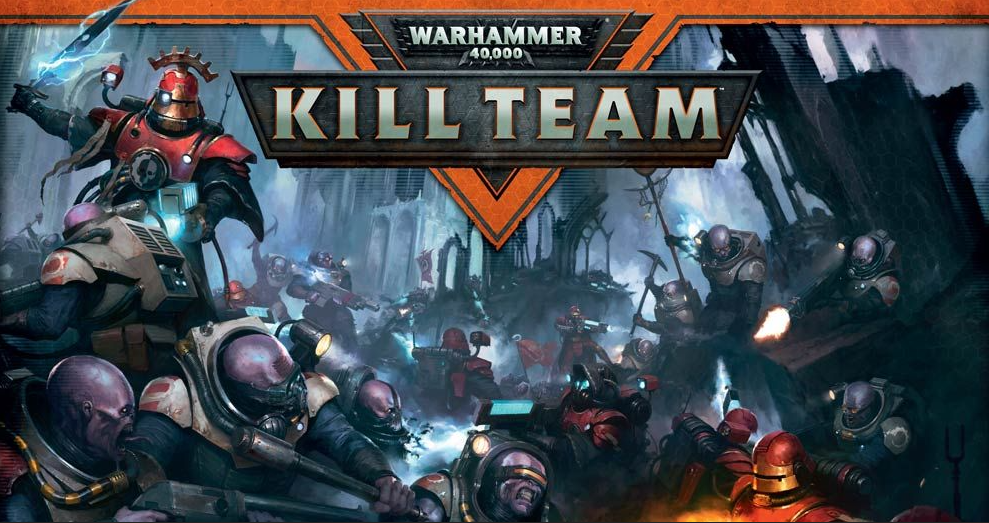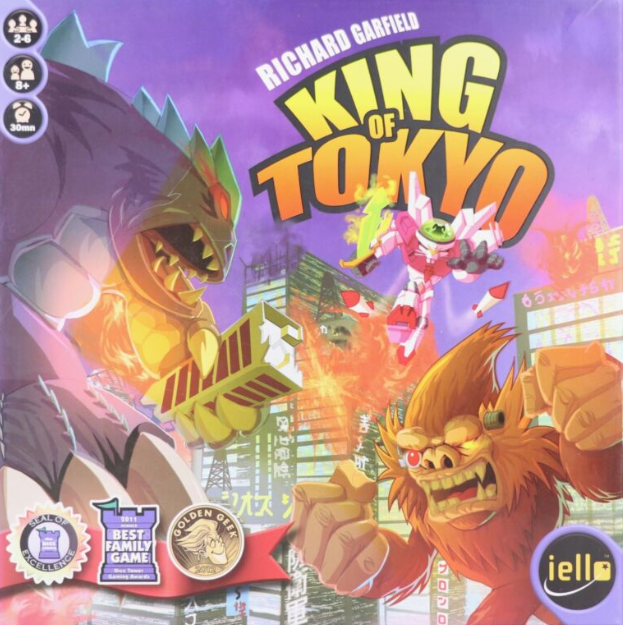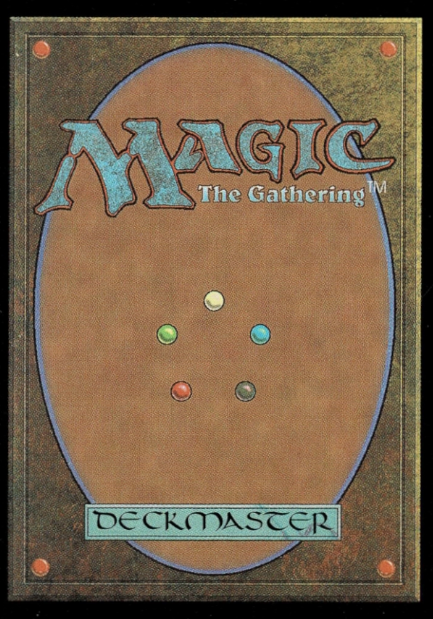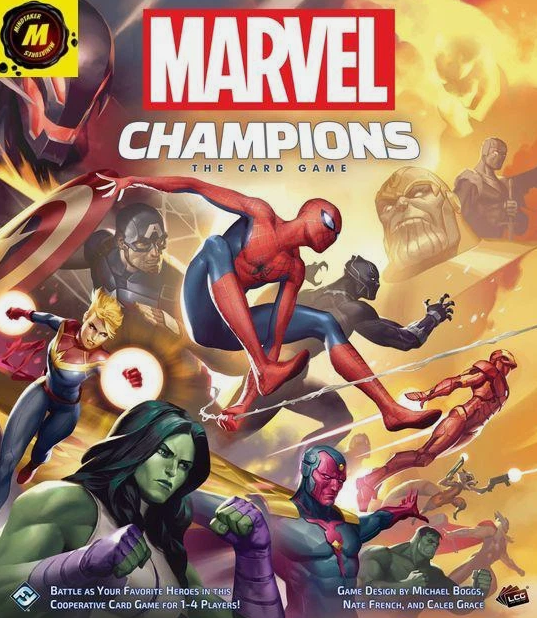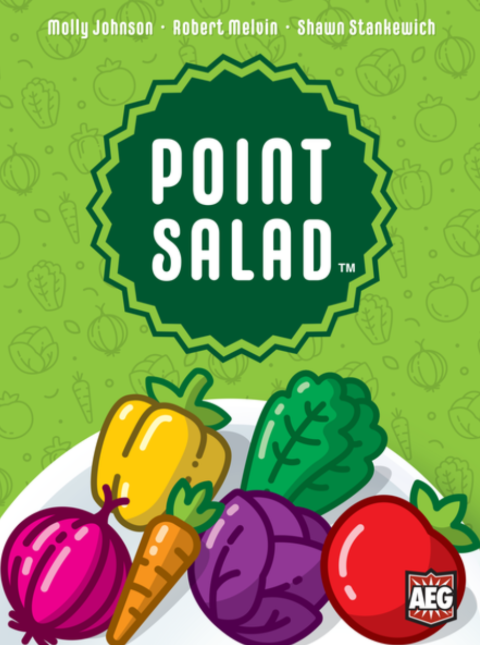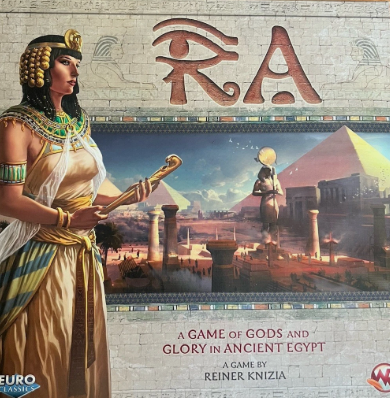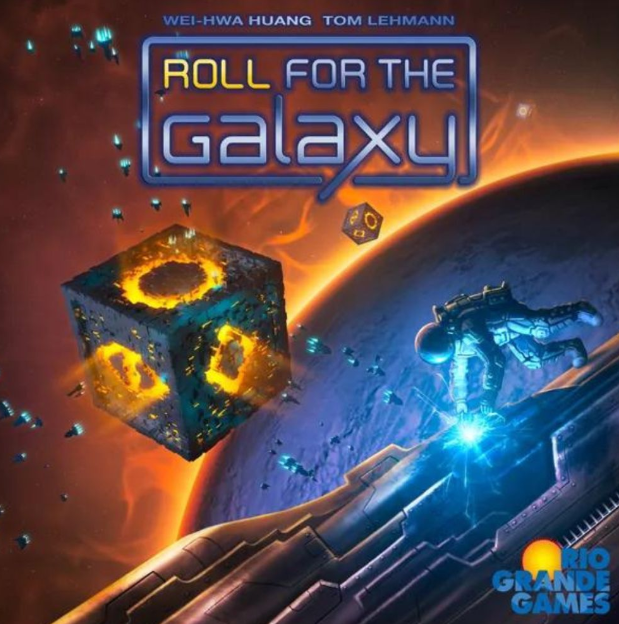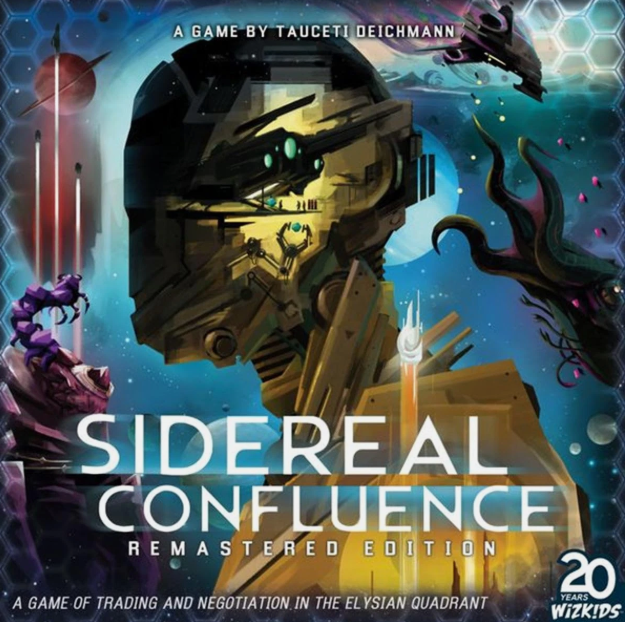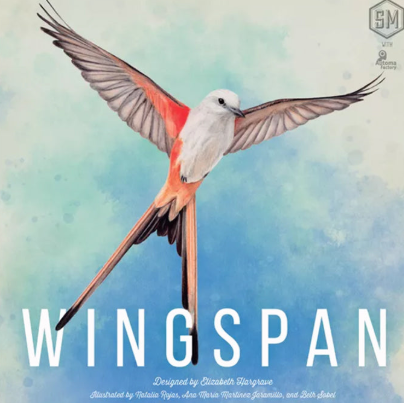Intro to Game Mechanics
Game mechanics in board games actually have names given by designers. Worker Placement, Role-Playing, and Cooperative, to name a few.
In this Lore blog, we want to demystify some of these mechanics to help gamers and new designers alike to better understand these mechanics, their names, and build a mutual language to identify games you might like through their mechanics, helping designers to build intentionally.
Below is the updated list of board game mechanics, each with a paragraph-long description summarizing its function, purpose, and impact on gameplay from a designer's perspective, followed by a design insight highlighting a key consideration for implementation.
Contemplating the Mechanics of Board Games
“Games are both a wonderful and diabolical connection point between two sentient beings, whether simple or complex, they always reveal something about the nature of the opponent”
Action Selection: Players choose from a set of actions each turn, such as moving, building, or attacking, to drive strategic or tactical gameplay. This mechanic is central to many games, offering meaningful choices while limiting options to create tension and depth. It can manifest as action points, role selection, or menu-based systems, encouraging prioritization and adaptation. In adventure and skirmish games, it often governs combat or exploration decisions, enhancing thematic engagement.
Design Insight: Balance action strength and variety to prevent dominant strategies, ensuring choices remain engaging without overwhelming players with complexity.
- Puerto Rico (Action Selection, Role-Playing, Resource Management, Victory Points)
- Agricola (Action Selection, Worker Placement, Resource Management)
- Targi (Action Selection, Worker Placement)
- Gloomhaven (Action Selection, Cooperative, Role-Playing, Card Draw) – A tabletop adventure game where players select actions from cards to navigate tactical combat and campaign-driven scenarios.
- Elementus (Action Selection, Card Draw, Role-Playing, Victory Points) – A tabletop adventure game where players select actions during turn phases (e.g., Draw, Incarnate, Ring Movement) to build patterns and move Mortals toward the Realm of Divinity.
Worker Placement: Players place worker tokens on board locations to claim exclusive actions, such as gathering resources or activating abilities, fostering competition for limited spots. This mechanic emphasizes strategic planning and anticipation of opponents’ moves, popular in Eurogames but also used in adventure games for exploration or resource allocation. It creates scarcity and interaction, with dynamic action spaces enhancing replayability.
Design Insight: Scale action spaces for player count to maintain competition, and ensure variety to keep the game fresh across plays.
- Agricola (Worker Placement, Action Selection, Resource Management)
- Lords of Waterdeep (Worker Placement, Action Selection, Set Collection)
- Viticulture (Worker Placement, Action Selection, Resource Management)
- On Mars (Worker Placement, Competitive, Resource Management) – A tabletop adventure game where players place workers to explore martian space and colonies.
- Elementus (Worker Placement, Card Draw, Role-Playing, Victory Points) – A tabletop adventure game where players place Incarnates to create Astral Patterns, effectively claiming action spaces to manipulate Sigils and Rings.
Resource Management: Players collect, trade, and spend resources (e.g., gold, mana) to achieve goals like building or completing quests. This mechanic forces trade-offs between immediate and long-term gains, adding depth through scarcity. In adventure and skirmish games, it often simulates survival or equipment management, grounding the theme in strategic decisions. It pairs well with trading or engine-building for complexity.
Design Insight: Tune resource scarcity to maintain tension without frustration, ensuring resources integrate with other mechanics for cohesive gameplay.
- Catan (Resource Management, Negotiation/Trading, Network/Route Building, Set Collection)
- Power Grid (Resource Management, Auction/Bidding, Network/Route Building, Turn Order Manipulation)
- Terraforming Mars (Resource Management, Engine Building, Tableau Building, Victory Points)
- Descent: Journeys in the Dark (Resource Management, Cooperative/Competitive, Grid Movement) – A tabletop adventure game where players manage resources like health and stamina to navigate dungeons and fight enemies.
- Elementus (Resource Management, Card Draw, Role-Playing, Victory Points) – A tabletop adventure game where players manage Sigil cards and Incarnates to create patterns and score Divinity Points.
Turn Order Manipulation: Players influence turn order through bidding, passing, or other mechanics, treating it as a strategic resource. This adds dynamic decision-making, as early turns secure key actions, while later turns offer advantages like better information. In adventure games, it can simulate initiative in combat or exploration priority, enhancing tactical play.
Design Insight: Balance benefits of early and late turns to avoid punishing last players, keeping manipulation mechanics intuitive to maintain flow.
- Five Tribes (Turn Order Manipulation, Action Selection, Area Control/Influence)
- The Resistance (Turn Order Manipulation, Hidden Information, Cooperative, Competitive)
- Fresco (Turn Order Manipulation, Action Selection, Worker Placement)
- Star Wars: Imperial Assault (Turn Order Manipulation, Grid Movement, Cooperative/Competitive) – A tabletop adventure and skirmish game where players manipulate turn order to control initiative in tactical missions.
Area Control/Influence: Players compete to dominate board areas for points or bonuses, using direct conflict or majority influence. This mechanic emphasizes spatial strategy and interaction, common in skirmish games where players control territory or objectives. It fosters competition and planning, often paired with movement or combat mechanics for thematic battles.
Design Insight: Ensure balanced scoring across areas and include mechanisms to prevent early lockouts or runaway leaders for fair play.
- Risk (Area Control/Influence, Dice Rolling, Competitive)
- El Grande (Area Control/Influence, Action Selection)
- Blood Rage (Area Control/Influence, Drafting, Competitive) – A tabletop adventure and skirmish game where players draft cards to build Viking clans and control areas.
- Conan (Area Control/Influence, Action Points, Dice Rolling, Team-Based Game) – A tabletop adventure and skirmish game where players control areas on a board to complete scenario objectives, with the Overlord vying against hero players.
Engine Building: Players construct systems (e.g., card combos, resource generators) that grow more efficient, creating a sense of progression. This mechanic rewards long-term planning and optimization, appealing to players who enjoy building synergies. In adventure games, it can represent character growth or resource networks, adding depth to campaigns. It pairs well with tableau building.
Design Insight: Prevent runaway leaders with viable catch-up paths, and design varied engine components to enhance replayability.
- Wingspan (Engine Building, Tableau Building, Card Draw, Set Collection)
- Terraforming Mars (Engine Building, Resource Management, Tableau Building, Victory Points)
- Splendor (Engine Building, Set Collection, Resource Management)
- Spellbook (Engine Building, Resource Management, Victory Points) - A card game where players draw “Materia” tokens to build their spellbook and feed a familiar creature.
- Elementus (Engine Building, Card Draw, Role-Playing, Victory Points) – A tabletop adventure game where players build Astral Patterns with Sigils to create increasingly powerful effects over time.
Tableau Building: Players create personal collections of cards or tiles that grant abilities or points, encouraging customization. This mechanic provides a visual sense of progress and is accessible yet deep, fitting adventure games where players develop characters or bases. It often pairs with engine building or drafting for strategic variety.
Design Insight: Balance card/tile synergies to avoid overly powerful combos, ensuring variety supports diverse strategies without overwhelming complexity.
- 7 Wonders (Tableau Building, Drafting, Set Collection, Victory Points)
- Azul (Tableau Building, Drafting, Tile Placement, Set Collection, Victory Points)
- Everdell (Tableau Building, Worker Placement, Card Draw)
- Marvel Champions: The Card Game (Tableau Building, Cooperative, Card Draw) – A tabletop adventure game where players build hero tableaus to combat villains.
- Elementus (Tableau Building, Card Draw, Role-Playing, Victory Points) – A tabletop adventure game where players build tableaus of Sigil cards in Sanctums and Patterns to activate abilities and score points.
Drafting: Players select resources from a shared pool, passing leftovers to others, balancing choice and denial. This mechanic mitigates luck by offering control over options while fostering interaction through blocking. In adventure games, it can represent choosing equipment or allies, adding strategic depth to thematic scenarios.
Design Insight: Balance the draft pool to avoid overly powerful or weak options, streamlining the process to maintain game flow.
- Sushi Go (Drafting, Set Collection, Victory Points)
- 7 Wonders (Drafting, Tableau Building, Set Collection, Victory Points)
- Azul (Drafting, Tile Placement, Set Collection, Victory Points)
- Blood Rage (Drafting, Area Control/Influence, Competitive) – A tabletop adventure and skirmish game where players draft cards to build Viking clans and control areas.
Cooperative: Players work together toward a shared goal, often against the game system or a timer, fostering teamwork. This mechanic is central to many adventure games, emphasizing collaboration and communication. It can include traitor elements for tension and is ideal for narrative-driven experiences.
Design Insight: Calibrate difficulty to challenge without being punishing, ensuring all players feel contributing to avoid alpha-player issues.
- Pandemic (Cooperative, Action Selection, Set Collection)
- Forbidden Island (Cooperative, Action Selection, Tile Placement)
- Gloomhaven (Cooperative, Role-Playing, Card Draw, Engine Building)
- Conan (Cooperative, Action Points, Dice Rolling, Team-Based Game) – A tabletop adventure and skirmish game where players cooperate as heroes against an Overlord in scenario-based adventures.
- Elementus (Cooperative, Card Draw, Role-Playing, Victory Points) – A tabletop adventure game where players can cooperate in team-based variants (e.g., Earth/Water or Fire/Air teams) to share Arcane Circles and Arcanum effects.
Competitive: Players vie for resources, points, or objectives, either directly or indirectly, driving rivalry. This mechanic is the core of many skirmish games, where players battle for dominance or objectives. It ranges from aggressive take-that to subtle point races, appealing to competitive players.
Design Insight: Include catch-up mechanisms to keep players engaged, balancing interaction to avoid excessive aggression.
- Ticket to Ride (Competitive, Network/Route Building, Set Collection, Card Draw)
- Carcassonne (Competitive, Tile Placement, Area Control/Influence, Set Collection)
- Dominion (Competitive, Deck-Building, Card Draw)
- Warcry (Competitive, Action Selection, Area Control, Dice Rolling) – A miniature skirmish game where players control warbands fighting for objectives in a chaotic fantasy setting.
- Elementus (Competitive, Card Draw, Role-Playing, Victory Points) – A tabletop adventure game where players compete to earn the most Divinity Points by reaching the Realm of Divinity.
Negotiation/Trading: Players barter resources, actions, or promises, adding social interaction and deal-making. This mechanic creates dynamic alliances and is less common in adventure or skirmish games but can represent diplomatic or trade-based scenarios. It requires balance to avoid unfair outcomes.
Design Insight: Limit trade impacts to prevent kingmaking, ensuring negotiation rules are clear to avoid stalled gameplay.
- Catan (Negotiation/Trading, Resource Management, Network/Route Building, Set Collection)
- Sidereal Confluence (Negotiation/Trading, Resource Management, Engine Building)
- Chinatown (Negotiation/Trading, Set Collection, Auction/Bidding)
- Cosmic Encounter (Negotiation/Trading, Role-Playing, Competitive) – A tabletop adventure game where players negotiate as alien races with unique powers to control planets.
Dice Rolling: Dice determine outcomes for actions, combat, or resources, adding randomness and excitement. Common in skirmish and adventure games, it simulates uncertainty in battles or events, with mitigation options like rerolls balancing luck and skill. It appeals to players who enjoy unpredictability.
Design Insight: Provide mitigation for bad rolls to reduce frustration, ensuring dice outcomes align with the game’s theme and goals.
- King of Tokyo (Dice Rolling, Push-Your-Luck, Competitive)
- Roll for the Galaxy (Dice Rolling, Action Selection, Engine Building)
- Yahtzee (Dice Rolling, Set Collection)
- Conan (Dice Rolling, Action Points, Area Control/Influence, Team-Based Game) – A tabletop adventure and skirmish game where dice resolve combat and actions in Hyborian Age scenarios.
Card Draw: Players draw cards for actions, abilities, or resources, introducing variability and surprise. This mechanic is prevalent in adventure games for managing character abilities or events, often paired with deck-building or hand management. It encourages adaptability and planning.
Design Insight: Balance card power to avoid swingy outcomes, providing control over randomness through deck management or selection.
- Dominion (Card Draw, Deck-Building, Competitive)
- Magic: The Gathering (Card Draw, Tableau Building, Competitive)
- Ticket to Ride (Card Draw, Network/Route Building, Set Collection, Competitive)
- Elementus (Card Draw, Action Selection, Role-Playing, Victory Points) – A tabletop adventure game where players draw Sigil and Incarnate cards to build patterns and advance Mortals.
Hidden Information: Players hold private information (e.g., cards, roles) that others deduce or react to, enabling bluffing or deduction. This mechanic adds psychological depth, common in adventure games with traitor or espionage themes, creating tension through uncertainty.
Design Insight: Provide clues to prevent frustration, ensuring hidden information doesn’t cause excessive analysis paralysis.
- Coup (Hidden Information, Bluffing, Competitive)
- Clue (Hidden Information, Deduction, Grid Movement)
- The Resistance (Hidden Information, Cooperative, Competitive, Turn Order Manipulation)
- Betrayal at House on the Hill (Hidden Information, Storytelling, Cooperative/Competitive) – A tabletop adventure game where hidden traitor roles and objectives drive narrative tension.
Victory Points: Players earn points through actions or objectives to win, providing clear goals. This mechanic is common in adventure games for tracking progress in quests or campaigns, rewarding diverse strategies. It’s flexible, allowing multiple victory paths for variety.
Design Insight: Offer varied scoring opportunities to prevent one-dimensional play, balancing point values for fairness.
- Scythe (Victory Points, Area Control/Influence, Engine Building, Resource Management)
- Point Salad (Victory Points, Card Draw, Set Collection)
- Clank! (Victory Points, Deck-Building, Push-Your-Luck) – A tabletop adventure game where players collect points by looting treasures in a dungeon.
- Elementus (Victory Points, Card Draw, Role-Playing, Action Selection) – A tabletop adventure game where players earn Divinity Points by obtaining Arcanum and aligning Sigils in patterns.
Set Collection: Players gather specific item combinations for points or bonuses, encouraging pattern recognition. This mechanic is accessible and fits adventure games for collecting artifacts or resources, often paired with drafting or trading for depth.
Design Insight: Balance set difficulty and rewards to avoid dominant strategies, ensuring completion feels satisfying.
- Sushi Go (Set Collection, Drafting, Victory Points)
- Ticket to Ride (Set Collection, Network/Route Building, Card Draw, Competitive)
- Coloretto (Set Collection, Card Draw, Push-Your-Luck)
- Tainted Grail (Set Collection, Storytelling, Cooperative) – A tabletop adventure game where players collect cards to complete quests and advance the narrative.
- Elementus (Set Collection, Card Draw, Role-Playing, Victory Points) – A tabletop adventure game where players collect Sigil cards to form specific Astral Patterns for effects and points.
Race: Players compete to reach a goal first, such as a location or points threshold, creating urgency. This mechanic is used in adventure games to simulate quests or chases, emphasizing speed and efficiency. It pairs well with movement or resource mechanics for excitement.
Design Insight: Include catch-up mechanisms to keep players engaged, ensuring pacing suits the game’s theme and length.
- Quest for El Dorado (Race, Deck-Building, Grid Movement)
- Camel Up (Race, Betting, Dice Rolling)
- Formula D (Race, Dice Rolling, Push-Your-Luck)
- Escape: The Curse of the Temple (Race, Cooperative, Dice Rolling) – A tabletop adventure game where players race against time to escape a cursed temple.
- Elementus (Race, Card Draw, Role-Playing, Victory Points) – A tabletop adventure game where players race to reach the Realm of Divinity to earn Divinity Points and win.
Grid Movement: Players move pieces on a grid with defined rules, emphasizing tactical positioning. This mechanic is prevalent in skirmish and adventure games for combat or exploration, adding spatial strategy. It pairs with cards or dice for variability.
Design Insight: Match grid size and movement rules to the game’s pace, ensuring movement feels impactful without overwhelming players.
- Chess (Grid Movement, Competitive, Abstract Strategy)
- Onitama (Grid Movement, Card Draw, Competitive)
- Tsuro (Grid Movement, Tile Placement, Competitive)
Network/Route Building: Players create connections (e.g., roads, railways) to score points or achieve objectives, encouraging territorial expansion. In adventure games, it can represent exploration or trade routes, adding thematic depth. It involves competition for key routes.
Design Insight: Design maps to prevent early player lockouts, balancing route availability for player counts.
- Ticket to Ride (Network/Route Building, Set Collection, Card Draw, Competitive)
- Power Grid (Network/Route Building, Auction/Bidding, Resource Management, Turn Order Manipulation)
- Concordia (Network/Route Building, Action Selection, Resource Management)
- Explorers of the North Sea (Network/Route Building, Tile Placement, Set Collection) – A tabletop adventure game where players build Viking routes to explore and raid islands.
Tile Placement: Players place tiles to build a board, create patterns, or score points, fostering spatial creativity. This mechanic is used in adventure games for exploration or map-building, creating dynamic board states. It pairs with area control or set collection for depth.
Design Insight: Balance tile randomness with agency to avoid frustration, ensuring varied strategic options.
- Carcassonne (Tile Placement, Area Control/Influence, Set Collection, Competitive)
- Azul (Tile Placement, Drafting, Set Collection, Victory Points)
- Isle of Skye (Tile Placement, Auction/Bidding, Set Collection)
- Forbidden Desert (Tile Placement, Cooperative, Action Selection) – A tabletop adventure game where players place tiles to uncover a shifting desert and find a legendary flying machine.
Storytelling: Players follow or create a narrative through events or choices, enhancing immersion. This mechanic is central to adventure games, driving emotional investment via structured or emergent stories. It pairs with cooperative or role-playing mechanics for thematic depth.
Design Insight: Balance narrative with gameplay to avoid railroading, ensuring story elements are accessible to maintain engagement.
- T.I.M.E Stories (Storytelling, Cooperative, Role-Playing)
- Betrayal at House on the Hill (Storytelling, Cooperative, Competitive, Hidden Information)
- Above and Below (Storytelling, Worker Placement, Resource Management)
- Conan (Storytelling, Cooperative, Action Points, Dice Rolling) – A tabletop adventure and skirmish game where players engage in narrative-driven scenarios based on Robert E. Howard’s stories.
- Elementus (Storytelling, Card Draw, Role-Playing, Victory Points) – A tabletop adventure game with a narrative inspired by Tarot and elemental mythology, where players’ choices in patterns and ring movement shape their journey to divinity.
Role-Playing: Players assume unique character roles with distinct abilities, deepening thematic engagement. This mechanic encourages diverse playstyles and is common in adventure and skirmish games for character-driven stories or asymmetry. It pairs with cooperative or competitive mechanics.
Design Insight: Balance role powers for fairness, aligning abilities with the theme to enhance immersion.
- Dead of Winter (Role-Playing, Cooperative, Hidden Information, Dice Rolling)
- Cosmic Encounter (Role-Playing, Negotiation/Trading, Competitive)
- Gloomhaven (Role-Playing, Cooperative, Card Draw, Engine Building)
- Conan (Role-Playing, Cooperative, Action Points, Dice Rolling) – A tabletop adventure and skirmish game where players take on roles like Conan or his companions with unique abilities.
Auction/Bidding: Players bid resources or points for items or advantages, creating economic tension. This mechanic rewards valuation skills and is less common in adventure games but can represent resource competition or power struggles in thematic contexts. It adds interaction via competition.
Design Insight: Ensure bidding is accessible, balancing rewards to prevent low bids from feeling irrelevant.
- Power Grid (Auction/Bidding, Resource Management, Network/Route Building, Turn Order Manipulation)
- Modern Art (Auction/Bidding, Set Collection, Competitive)
- Ra (Auction/Bidding, Set Collection, Push-Your-Luck)
- Lords of Hellas (Auction/Bidding, Area Control/Influence, Action Selection) – A tabletop adventure and skirmish game where players bid for control of actions or resources in a mythic setting.
Memory: Players rely on recalling information (e.g., card positions, actions) to succeed, adding a cognitive challenge. This mechanic is less common in adventure or skirmish games but can represent deduction or exploration, rewarding attention. It pairs with hidden information or grid movement.
Design Insight: Keep memory demands accessible to avoid alienating players, pairing with other mechanics for depth without over-reliance on recall.
- Hanabi (Memory, Cooperative, Card Draw)
- Memory (Memory, Set Collection)
- The Magic Labyrinth (Memory, Grid Movement, Competitive)
- Mysterium (Memory, Cooperative, Hidden Information) – A tabletop adventure game where players use memory to interpret clues and solve a murder mystery.
- Elementus (Memory, Card Draw, Role-Playing, Victory Points) – A tabletop adventure game where players must recall Sigil and Arcanum associations (e.g., Zosma’s tests) to gain Divinity Points.
Push-Your-Luck: Players risk rewards for bigger gains, with the chance of losing progress, creating excitement. This mechanic is used in adventure games to simulate risky exploration or combat, appealing to risk-takers. It pairs with dice rolling or set collection for variability.
Design Insight: Balance risk and reward to avoid unfair outcomes, providing meaningful choices to mitigate luck’s impact.
- Incan Gold (Push-Your-Luck, Set Collection, Competitive)
- Can’t Stop (Push-Your-Luck, Dice Rolling, Competitive)
- Carcassonne (Push-Your-Luck, Tile Placement, Area Control/Influence, Set Collection)
- Zombicide (Push-Your-Luck, Cooperative, Dice Rolling) – A tabletop adventure and skirmish game where players push their luck in combat against zombie hordes.
Asymmetric Games: In asymmetric games, players have distinct roles, abilities, objectives, or resources, creating unique playstyles and strategies for each player. This mechanic enhances replayability and thematic immersion by offering varied perspectives, often tied to narrative or faction differences. Common in adventure and skirmish games, asymmetry ranges from subtle ability differences to entirely unique win conditions, fostering dynamic interactions and strategic depth. It appeals to players who enjoy variety and challenges designers to balance diverse powers, ensuring each role feels engaging and impactful.
Design Insight: Balance each asymmetric role through extensive playtesting to ensure fairness and fun, providing clear rules to avoid confusion while maintaining thematic coherence for each player’s unique experience.
Root (Asymmetric Games, Area Control/Influence, Action Selection, Victory Points) – A tabletop strategy game where each faction (e.g., Marquise de Cat, Eyrie Dynasties) has unique mechanics, goals, and playstyles to control a woodland map.
Cosmic Encounter (Asymmetric Games, Negotiation/Trading, Role-Playing, Competitive) – A tabletop adventure game where players control alien races with unique powers, negotiating and battling to control planets.
Conan (Asymmetric Games, Cooperative, Action Points, Dice Rolling, Role-Playing, Area Control/Influence, Storytelling) – A tabletop adventure and skirmish game where one player as the Overlord has distinct mechanics and goals (e.g., controlling enemies) against cooperative hero players with unique abilities.
HeroQuest (Asymmetric Games, Cooperative, Role-Playing, Dice Rolling, Grid Movement, Storytelling) – A tabletop adventure game where one player acts as the evil Zargon controlling monsters and traps, while others play heroes with unique abilities exploring dungeons to complete quests.
Some games mentioned in this Lore blog